During the period of Austro-Hungarian rule in Transylvania and Ottoman suzerainty over Wallachia and Moldavia, most Romanians were in the situation of being second-class citizens or even non-citizens in a territory where they formed the majority of the population. In some Transylvanian cities, such as Bra?ov (at that time a Saxon citadel), Romanians were not even allowed to reside within the city walls.
Following the Wallachian uprising of 1821, more uprisings followed in 1848 in Wallachia as well as Moldavia. The flag adopted for Wallachia by the revolutionaries was a blue-yellow-red tricolour (with blue above, in line with the meaning “Liberty, Justice, Fraternity”), while Romanian students in Paris hailed the new government with the same flag “as a symbol of union between Moldavians and Muntenians”. This flag would later become the adopted as the flag of Romania. But after the failed 1848 Revolution, the Great Powers did not support the Romanians’ expressed desire to officially unite in a single state, which forced Romania to proceed alone against the Ottomans. The electors in both Moldavia and Wallachia chose in 1859 the same person –Alexander John Cuza– as prince (Domnitor in Romanian).
Thus, Romania was created as a personal union, albeit without including Transylvania. There, the upper class and the aristocracy remained mainly Hungarian and enjoyed strong support from Austria, and the establishment of the Austro-Hungarian Dual Monarchy in 1867 kept the Hungarians firmly in control even in the parts of Transylvania where Romanians constituted a local majority.
In a 1866 coup d’état, Cuza was exiled and replaced by Prince Karl of Hohenzollern-Sigmaringen, who became known as Prince Carol of Romania. During the Russo-Turkish War Romania fought on the Russian side, and in the Treaty of San Stefano and the Treaty of Berlin, Romania was recognized as an independent state by the Ottoman Empire and the Great Powers. In return, Romania ceded three southern districts of Bessarabia to Russia and acquired Dobruja. In 1881, the principality was raised to a kingdom and Prince Carol became King Carol I.
The 1878–1914 period was one of stability and progress for Romania. During the Second Balkan War, Romania joined Greece, Serbia, Montenegro and Turkey against Bulgaria, and in the peace Treaty of Bucharest (1913) Romania gained Southern Dobrudja.
Related Listing
-
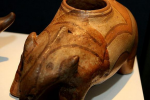
Prehistory
Some 42,000-year-old human remains were discovered in the "Cave With Bones", and being Europe’s ...
-

Antiquity
The earliest written evidence of people living in the territory of the present-day ...
-
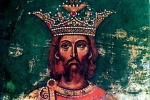
Middle Ages
Gesta Hungarorum, also known as the Chronicle of Anonymus, mentioned the existence of ...

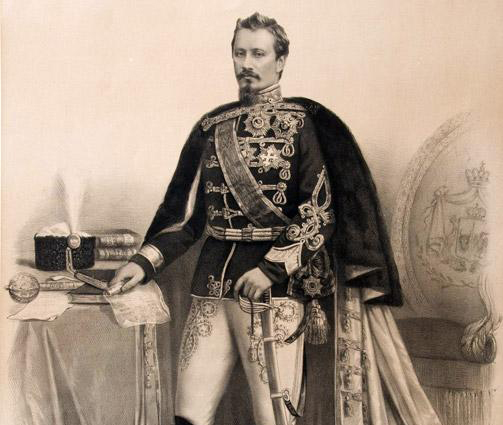
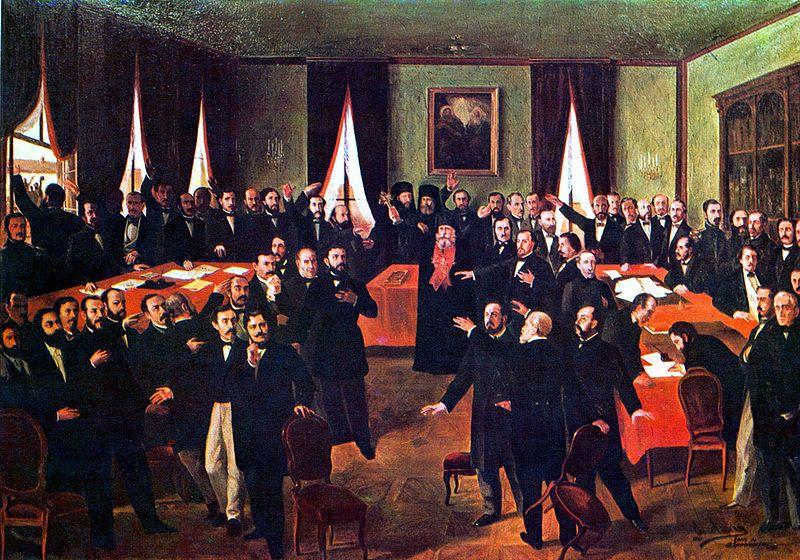
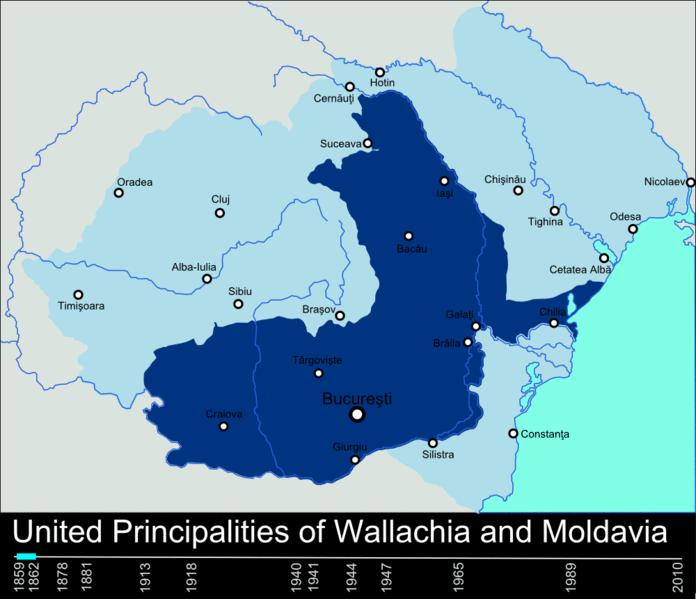
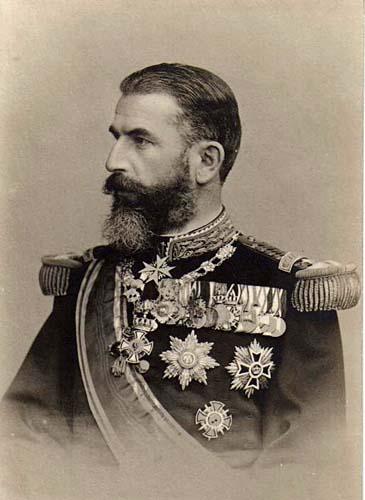








Recent Reviews